Fine Tuning Sulfur Guidelines for Alfalfa
Study author(s): Daniel Kaiser, Craig Sheaffer
Years of study: 2020 – 2022
Location(s): Rosemount, MN and Morris, MN
Important: for the complete report, including all tables and figures, please download using the links to the right.
summary
Alfalfa is grown on nearly 1 million acres and is an important forage crop for dairy, beef, sheep, and horse industries.in Minnesota. As a perennial deep-rooted crop, alfalfa improves soil quality and contributes N to subsequent crops in rotations. Alfalfa has a high demand for sulfur. Sulfur deficiencies have been reported in alfalfa in fields with low organic matter concentration which may not mineralize sufficient sulfur to match crop demand. Sulfur has been noted to impact both forage yield and quality and sulfur application has been increasing for alfalfa as well as other crops. There have been few small trials focused on comparing various sulfur products for alfalfa in Minnesota in the last ten years. Current sulfur guidelines suggest 25 lbs of S be applied on sandy soils and 15 to 25 lbs of S be applied to medium and fine textured soils with soil organic matter concentration less than 3.0%. The sandy soil guidelines are old and have not been validated by current research and the guidelines for the medium to fine textured soil are based on data from corn or alfalfa data generated from neighboring states. Past research on sources has been inconclusive whether there are differences between sulfate and elemental sulfur fertilizer sources. Longer term research may be needed to better evaluate sources due to a slower availability of sulfur from elemental sulfur due to the slow oxidation of the material. With the high demand for S by alfalfa, more research is needed on rates and sulfur sources to fine tune guidelines to ensure forage yield and quality of alfalfa is not limited.
